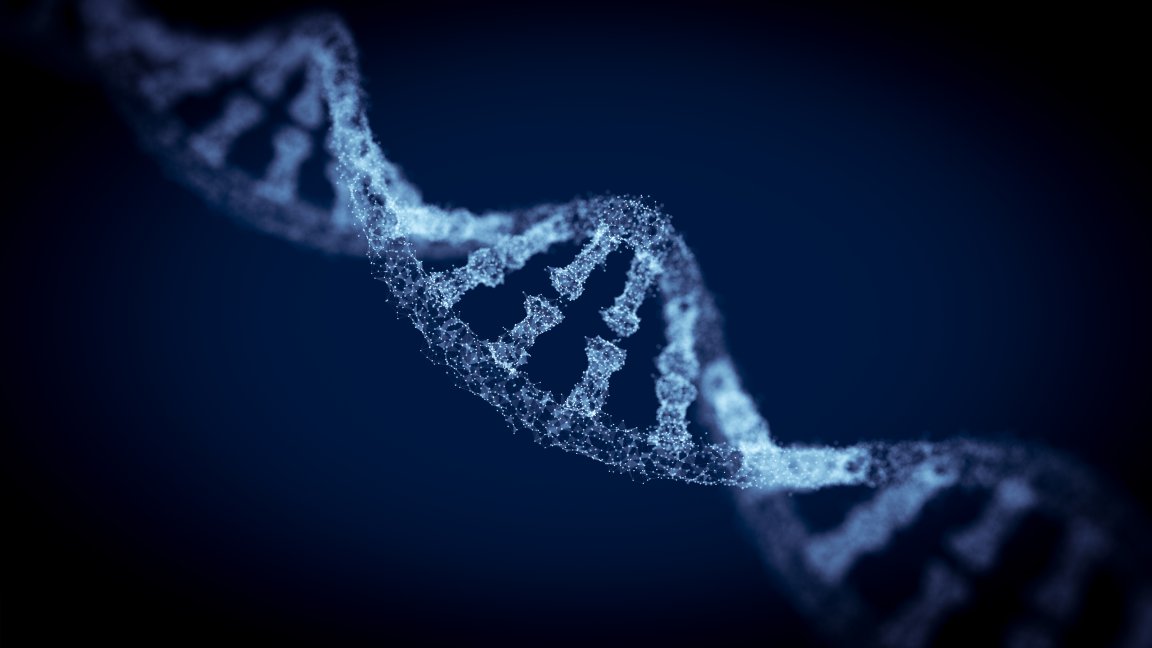
Disclaimer
Futurism only supports products that we use and love. The Gravity Blanket is one of those products. A subsidiary of Futurism launched this product and Futurism collects a share of the sales from the items featured on this page.
The Biology of Sleep Cycles
The day-night cycle is an inescapable part of living on planet Earth, so it wasn’t too surprising when scientists discovered that organisms (including humans) have an internal body clock that follows this same day-night rhythm; however, when we look at ostensibly drab or banal subjects like the rhythms that govern wakefulness and sleep, the “why” and the “how” transform the quotidian and banal into fascinating challenges requiring the most creative minds in the world.
This is exactly what happened to three American biologists, Jeffrey Hall, Michael Rosbash, and Michael Young. Last week, they were awarded the Nobel Prize in Medicine or Physiology for discovering the master genes that govern a creature’s waking life and, ultimately, solving the mystery of the body’s circadian rhythms.
Scientists who lived during the 18th century, like the Frenchman Jean-Jacques d’Ortous de Mairan, saw the first hints of the body’s internal clock when plants that were kept at a constant temperature in a dark cupboard retained their daily rhythm, opening and closing their leaves at regular intervals. Strangely, de Mairan believed this was because plants can “sense the Sun without ever seeing it.”
Of course, this wasn’t actually the cause, and we can prove that now, thanks to the work of the latest Nobel winning scientists.
Sleep is in the Genes
For their work, the three American biologists above isolated the gene in fruit flies that determines the rhythm of a living organism’s waking life. In so doing, as the Nobel prize committee noted in their press release, the scientists peered into the machinery that “explains how plants, animals, and humans adapt their biological rhythm so that it is synchronized with the Earth’s revolutions.”
To break this down a bit, the active “period” gene encodes a protein inside the cell overnight. This protein later degrades during the daytime hours. This process goes on, and on, and on, governing the rhythm of when we are awake and when we are not.
In the human brain, this gene exists in a tiny part of the brain called the suprachiasmatic nucleus, or SCN. It’s linked to the retina in the eye and, farther back, it connects to the brain’s pineal gland, which secretes the sleep hormone melatonin.
Prof Robash, a 73-year-old faculty member of Brandeis University of Waltham in Massachusetts, noted that, when he published his study in the 1980s, he never had any “grandiose thoughts” about the significance of the discovery. But since then, it has become a major topic in scientific circles and the significance well understood.
Robash explains the gravity of the discovery, noting that, ultimately, this process is a fundamental component of our biology and has a significant impact on how organisms function on the cellular level: “It’s [now] pretty clear that it has its fingers in all kinds of basic processes by influencing an enormous fraction of the genome.”
American Insomniacs
So what does this mean for you? How does it impact your day-to-day life? Well, for starters, it allows scientists to better understand the biology of sleep. This, in turn, helps us understand how to achieve optimum conditions for rest. And one of the things that we know now is the role that deep touch has when it comes to sleep.
But to back up a bit, in 2014, 30 to 35 percent of Americans had brief symptoms of insomnia, this is caused by a myriad of factors and the symptoms usually last no more than three months. However, a full 10 percent of the American population suffers from chronic insomnia disorder, which occurs at least three times weekly for at least three months.
Obviously, insomnia can affect productivity at work or undermine job advancement. In the U.S. alone, about $63 billion in lost work is attributed to insomnia-related work performance each year. It can prevent you from performing at your best in school. It could also exacerbate background depression, cause anxiety attacks, and even cause death.

Earlier this year, The Center for Sleep Research at the University of California, Los Angeles (UCLA) reported that up to 70 million Americans suffer sleep disorders, which adds a maddening $15.9 billion to the national healthcare bill. So what’s a sleepless insomniac to do?
Perscriptions are one option, but they can have high reoccurring costs and may not be suitable for all individuals. Moreover, as a study published in the Journal of Sleep Medicine and Disorders notes, “drugs are often addictive or have side effects, and psychological/behavioral methods require long treatment sessions and it may take time to achieve satisfactory results….Hence there is a need for additional, simpler methods to promote and maintain better sleep.”
And it turns out there are simpler solutions to sleepless nights on top of us (nearly) every night. This is where deep touch comes in. Blankets actually affect how you sleep, and weighted blankets have proven to be exceptionally effective at helping you keep your eyes shut.
Weighted blankets spread an even amount of pressure across the entire body while you’re asleep. Pellets inside the blanket give it roughly 10 percent of the user’s body weight, and gravity forces contours to form around the shape of the sleeper’s body. The pressure is a kind of deep touch therapy. This increases serotonin levels, which then creates melatonin, the hormone that helps regulate sleep. This is similar to the way swaddling a baby helps them sleep.
Gravity Blanket, made by Gravity Products LLC, is specifically designed to do all of this. With a tried-and-tested gravity blanket, your body can heal and repair heart and blood vessels, battle illness, and regulate hormone levels.
Head here to check out the science behind the gravity blanket’s proprioceptive input and select a blanket of your very own.